Table of Contents
The locust attack is a wake-up call
- Last week, swarms of desert locusts entered western India from Pakistan and destroyed crops in Rajasthan, Uttar Pradesh (UP) and Madhya Pradesh.
- On Sunday, reports said that the swarms have moved deeper into UP.
- The three states have sent out drones, tractors and cars to kill them with pesticides.
- India has not witnessed full-blown locust cycles after 1993.
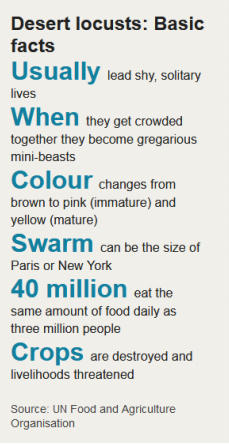
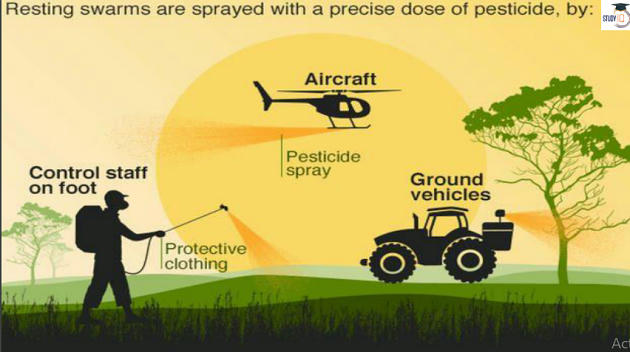
- Heavy rains and increasing number of cyclones, both effects of the climate crisis, enabled unprecedented breeding and the rapid growth of locust populations on the Arabian Peninsula early last year, according to the United Nations.
- The long gap between the last and the present locust attack in India has had a consequence.
- Director-general of Indian Council of Agricultural Research admitted that there hasn’t been much “systematic research” on desert locusts since the 1990s and the current invasion is a wake-up call to revive the programme.
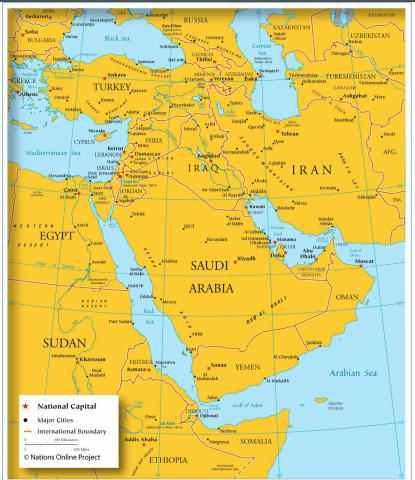
- The earth has entered a period of hydrological, climatological, and biological change that differs from previous episodes .
- Therefore, it is important that India puts in enough funds to predict the course of the present global environmental changes to understand the sources , consequences, and formulate national responses.
Workforce habits
- India’s workforce is in complete disarray.
- They are also part of much-vaunted demographic dividend.
- A return to normalcy has proved challenging even for the firms that are allowed to operate, largely due to inadequate manpower.
- Industry representatives have pleaded with the Labour Ministry to cajole workers to return to their workplaces on being summoned, and if that does not prove effective, make them liable for action under relevant industrial labour legislation.
- Several States offered a temporary fix.
- Citing the need to spur investor confidence and revive job creation.
- Being a concurrent subject in the Constitution, States, however, need the Centre’s nod to effect these changes and, for now, Labour Minister Santosh Kumar Gangwar appears disinclined to agree.
- Official instructions to keep paying employees amidst the lockdown have not worked evenly, while tweaks such as lowering the EPF contribution rate do not amount to much relief for firms or their staff.
- While the nature of work is changing and greater spending is needed on hygiene, the immediate challenge is to inspire employee confidence.
- Most migrant workers are running scared of the pandemic.
- Getting them home safely is a first step and giving them an emergency income support till the worst of the pandemic subsides is the next.
- But for them to return to work enthusiastically over time, it is equally critical to reorient India’s current approach to urban and industrial housing, workplace social security and minimum wage standards.
- The Centre must begin a dialogue with States on this front.
- Ineffective paper laws such as the Inter-State Migrant Workmen Act of 1979 can be reviewed thereafter.
Ominous signals
- India’s economy is in a severe slowdown that is only going to get worse in a pandemic-stricken world.
- Three months after Finance Ministry mandarins prognosticated that India’s growth slowdown had bottomed out, the latest economic data has belied that prediction.
- The NSO’s estimates show fourth-quarter and fiscal 2019-20 growth slumped to 1% and 4.2%, respectively, the slowest pace in 11 years.
- GDP growth estimates for the January-March quarter and the full fiscal year barely reflect the impact of the public health crisis and the stringent lockdowns.
- Manufacturing which contracted for a third straight quarter and shrank by 4% in the fourth quarter.
- Construction a major job generating activity that continued to weaken and contracted 2%.
- The revisions in the trade, transport, hotels and communications, and financial, real estate and professional services sectors have cut third-quarter growth figures by 6 and 4 percentage points, respectively.
- Private consumption spending, which accounts for 55-60% of GDP, extended a downtrend as growth slid to 7%.
- Investment activity contracted for a third consecutive quarter and shrank 6.5%.
- Output at the eight core industries that represent 40% of the Index of Industrial Production contracted by an alarming 38% in April.
- Merchandise exports shrank 60%.
- RBI: recovery would likely start only from the October quarter.
- Package so far has been focused on credit enhancement measures that ease supply side constraints and structural reforms that may bear fruit over a longer horizon.
A new architecture in quake-prone areas
- Richter 10 by Arthur C. Clarke
- While earthquake prediction may take some more time, he said, what should be done is to inaugurate a new architecture in quake-prone areas which would deny the seismic activity its logical end — devastation.
- In Reykjavik, I did find out what the President had asked. “You see, Mr. Ambassador,” I was told by a senior seismologist. “It is like a cerebral situation. The brain suffers a series of mini-strokes like the equivalent of 1 or 2 on the Richter scale. You will not feel them. Such small tremors are not recorded either, except by the seismograph. We see the behaviour of those ‘mini-tremors’ and conclude by the frequency and the velocity of the series as to when a big quake is likely to occur. We have progressed in our work but much more needs to be done.”
“Kalam speaking.”
“Good afternoon, Rashtrapatiji. Honoured to get this call. Are you keeping well, Sir?”
“Oh yes. Fantastic.”
“Happy to know that, Sir.”
“Now… You are going to Iceland. Please ask them how their work in earthquake anticipation goes.”
“I will do that, Sir.”
“You know Iceland is volcanically active.”
“I have gathered that, Sir.”
“So, find that out and let me know.”
“Of course, Sir…”
- Today India has a sophisticated set of monitors embedded beneath the soil’s surface in many vulnerable points as a result of President Kalam’s lively interest and the earnest follow-up by successive Ministers in charge of Earth Sciences.
- How prepared we are for the ‘big one’?
- The Himalayas are young and restive.
- Clarke’s Richter Ten is fiction but not fantasy. Not for us in India, Pakistan, Afghanistan where the subcontinent’s pushing into upper Asia has not stopped.
- The short term requires that vulnerable buildings be identified and plans for their occupants’ safety made.
- The medium term requires that a new architecture regime be made mandatory for all builders and developers.
- The long-term action has to include a de-congesting of our cities.
- If South Africa can have one political capital, another legislative capital, a third judicial capital and a fourth business capital, why should we not think of such a dispersal at the Centre and in the States ?
India, China and fortifying the Africa outreach
- The COVID-19 pandemic has been a great leveller across the world.
- COVID-19 is devastating particularly in Africa, where economic and public health conditions are extremely vulnerable.
- African countries are ill-equipped.
- India and China have increased their outreach to Africa through medical assistance.
- Their efforts are directed to fill a part of the growing African need at a time when not many others have stepped in to help.
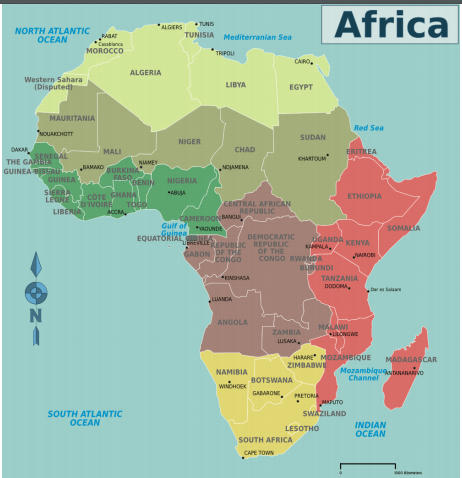
Beijing’s donation diplomacy
- China, being Africa’s largest trading partner, was quick to signal its intent to help Africa cope with the pandemic.
- It despatched medical protective equipment, testing kits, ventilators, and medical masks to several African countries.
- The primary motive of such donations has been to raise Beijing’s profile as a leading provider of humanitarian assistance and “public goods” in the global public health sector.
- Jack Ma donated three rounds of anti-coronavirus supplies.
- Aims to achieve three immediate objectives.
- Shift the focus away from talking about the origins of the virus in Wuhan
- Build goodwill overseas
- Establish an image makeover
- For the most part, it succeeded in achieving these ends until China faced widespread backlash over the ill-treatment of African nationals in Guangzhou city.
- Beijing used African support for securing a win for Chinese candidates as the head of Food and Agriculture Organization (FAO) and in the World Health Organization (WHO).
New Delhi’s focus
- For India, the pandemic presents an opportunity to demonstrate its willingness and capacity to shoulder more responsibility.
- The fact that even with limited resources, India can fight the virus at home while reaching out to developing countries in need is testament to India’s status as a responsible and reliable global stakeholder.
- Africa has been the focus of India’s development assistance and also diplomatic outreach, as evident in plans to open 18 new embassies.
- India’s role as ‘the pharmacy of the world’, as the supplier of low-cost, generic medicines is widely acknowledged.
- Pharmaceutical products along with refined petroleum products account for 40% of India’s total exports to African markets.
- India is sending consignments of essential medicines, including hydroxychloroquine (HCQ) and paracetamol, to 25 African countries in addition to doctors and paramedics at a total cost of around ₹600 million ($7.9 million) on a commercial and grant basis.
- The Indian community, especially in East African countries, has also been playing a crucial role in helping spread awareness.
- Prominent Indian businessmen and companies in Nigeria and Kenya have donated money to the respective national emergency response funds.
- For China, three aspects are critical: money, political influence and elite level wealth creation; strong state-to-state relations as opposed to people-to-people ties; and hard-infrastructure projects and resource extraction.
- India’s approach on the other hand is one that focuses on building local capacities and an equal partnership with Africans and not merely with African elites concerned.
NEWS
- Monsoon hits Kerala with cyclone in the background
- Moody’s downgrades India’s rating: to Baa3 from Baa2
- Clashes outside White House, more U.S. cities under curfew
- The police fired tear-gas outside the White House late on Sunday as anti-racism protesters again took to the streets to voice fury at police brutality. Major U.S. cities were put under curfew to suppress rioting.
- Pulses, oilseeds see sharp hike in MSP
- The Cabinet Committee on Economic Affairs (CCEA) on Monday approved an increase in the minimum support prices (MSPs) for all mandated kharif crops, including paddy, pulses and cotton, for the 2020-21 marketing season.
- Nearly 2 lakh COVID-19 cases in India
- Travel restrictions lifted, salons open again as govt. unlocks Capital
- Restrictions on the number of passengers in four-wheelers, two-wheelers, autorickshaws, e-rickshaws and other vehicles in the city have been lifted, Chief Minister Arvind Kejriwal said during a digital briefing here on Monday.
- RS, LS meeting could be held on alternate days
- ‘Virtual Parliament an option’
- The options of the Rajya Sabha and the Lok Sabha meeting on alternate days to decongest the Parliament complex and each moving into a larger space to ensure social distancing were discussed by Upper House Chairman M. Venkaiah Naidu and Speaker Om Birla at a meeting on Monday, sources said.
- The two, according to the sources, agreed that technology must be adopted to enable Parliament session as a long term option as the pandemic might continue for some more time.
- NPCI denies breach of BHIM app data
- Following a report by security researchers alleging leak of personal data of millions of users of the BHIM payment application due to a website breach, the National Payments Corporation of India (NPCI) on Monday denied the claim, asking “everyone to not fall prey to such speculation”.
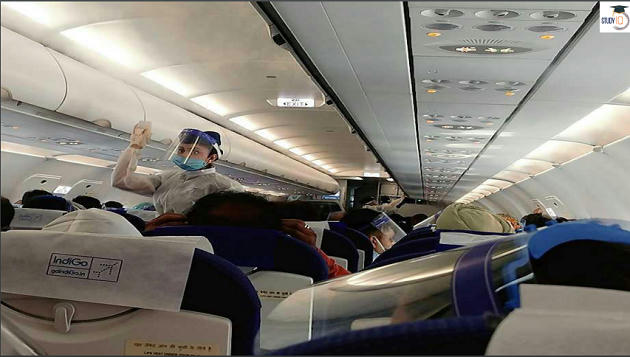
Download Free PDF – Daily Hindu Editorial Analysis






















 WhatsApp
WhatsApp